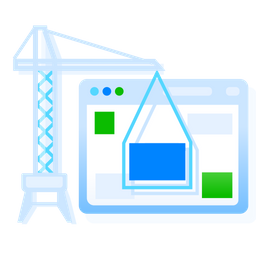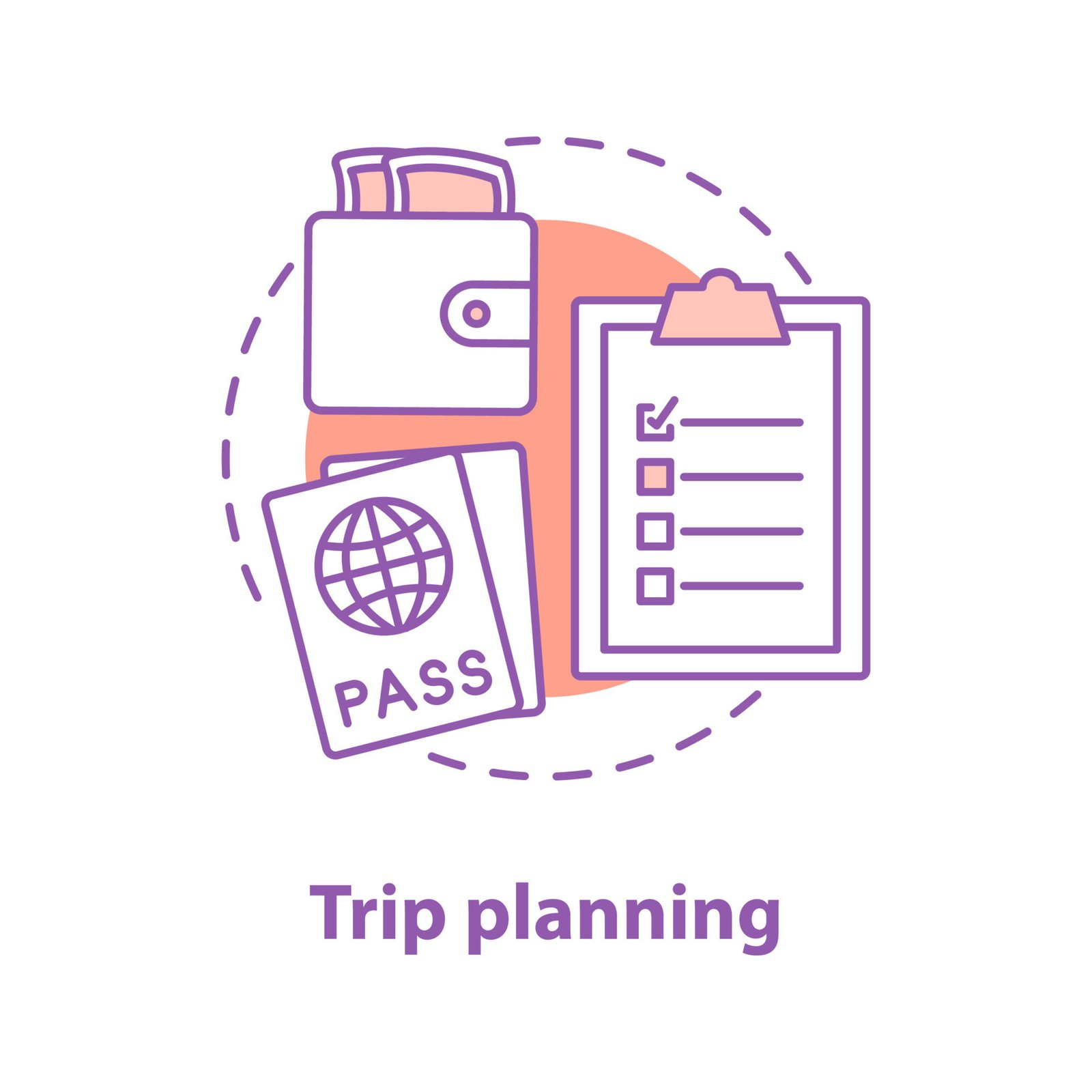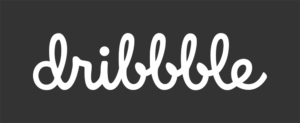Latest Amazing AI for UI/UX Design
AI for UI/UX design refers to the application of artificial intelligence (AI) techniques and technologies in the field of User Interface (UI) and User Experience (UX) design. UI design focuses on creating the visual and interactive elements of a digital product, while UX design is concerned with ensuring a smooth and satisfying overall user experience.
AI can be used to enhance various aspects of both UI and UX design processes, providing designers with tools and insights to create more effective and user-centric designs. Following are some amazing AI Tools for UI/UX Designing and wireframing:
CubeGPT
AI Assistant for your UIUX design work. You can use the quick prompts to improve/continue/translate/shorter/longer your text, or filling content with built-in prompt.
Magician.Design
Every little thing it does is magic A magical design tool for Figma powered by AI.
Huemint.Com
Huemint uses machine learning to create unique color schemes for your brand, website or graphic. Color palette generator.
Sktech.Com
Sketch app for UI/UX designers is where great designs happen.
Other Quick Useful AI Tools beside AI for UI/UX Designers

Website Builder AI
codedesign.ai, builder.io, copycat.dev, fronty, etc.

Trip Planner AI
wonderplan, planittripplanner.com, travelandz, AI.adventures, etc.

AI for SEO
Neuron, keywordinsights AI, MarketMuse, hawkeAI, INK, etc.

Logo Maker AI
logomaster.ai, BRAND MARK, Logopony, Myraah, etc.
Here are some ways AI for UI/UX design can be utilized:
Design Assistance: AI tools can help designers generate design elements, layouts, and prototypes more quickly. They can provide design suggestions based on existing patterns and user preferences, saving time and effort.
Personalization: AI can analyze user data and behavior to create personalized user experiences. This might involve showing relevant content, recommending products, or customizing the UI based on individual preferences.
Data Analysis: AI can process large sets of user data to identify usage patterns, pain points, and areas for improvement. This data-driven approach helps designers make informed decisions to enhance UX.
Automated Testing: AI-powered tools can automate the testing process by simulating user interactions and identifying potential bugs, inconsistencies, or usability issues.
Natural Language Processing (NLP): NLP can be used to analyze user feedback, reviews, and comments to gain insights into user sentiments and identify areas needing improvement.
Accessibility: AI can assist in making designs more accessible by analyzing design elements for compliance with accessibility standards and suggesting improvements.
A/B Testing: AI can optimize A/B testing processes by suggesting variations and predicting the potential impact of different design choices on user engagement.
Content Generation: AI can assist in generating content such as copy, captions, and descriptions that align with the overall design and branding.
Voice and Gesture Interfaces: AI can help in designing interfaces for voice commands and gesture interactions, allowing for more intuitive and natural user experiences.
Predictive Analytics: AI can predict user behavior and adapt the UI/UX design to better cater to user needs, leading to improved engagement and satisfaction.
It’s important to note that while AI can significantly enhance the UI/UX design process, it’s not a replacement for human creativity and critical thinking. Designers still play a crucial role in understanding the context, user needs, and emotions behind the design decisions. AI tools are meant to be supportive tools that aid designers in creating better user experiences.











